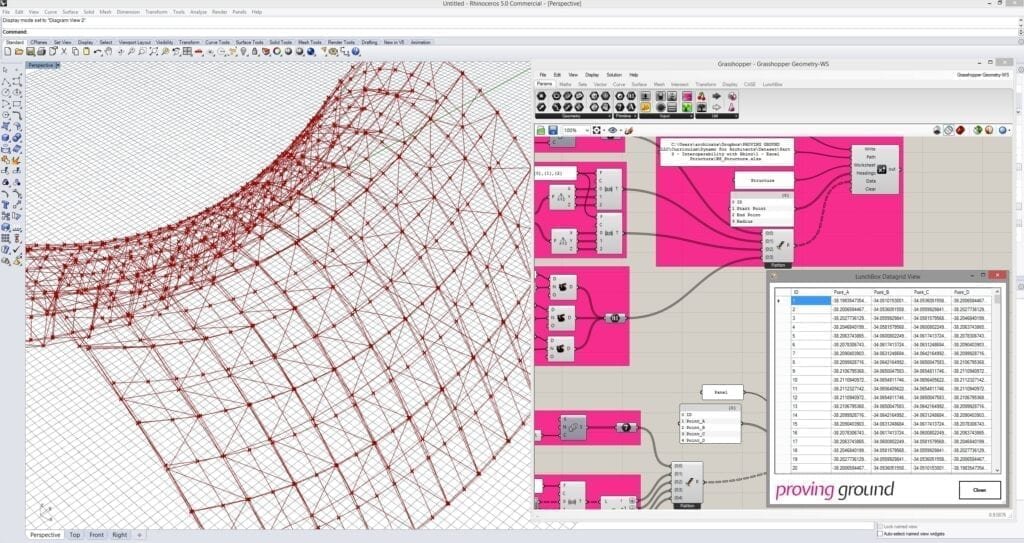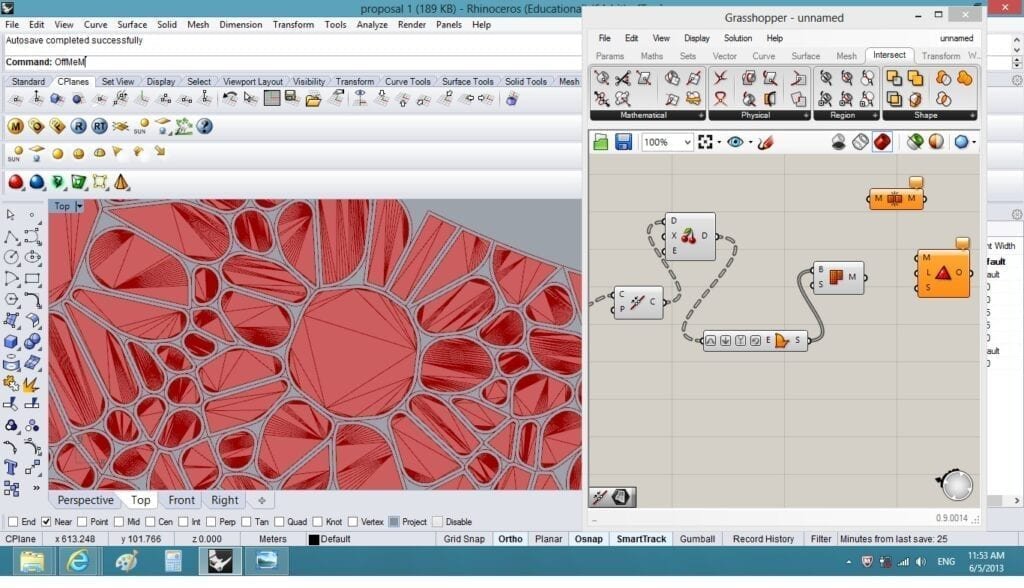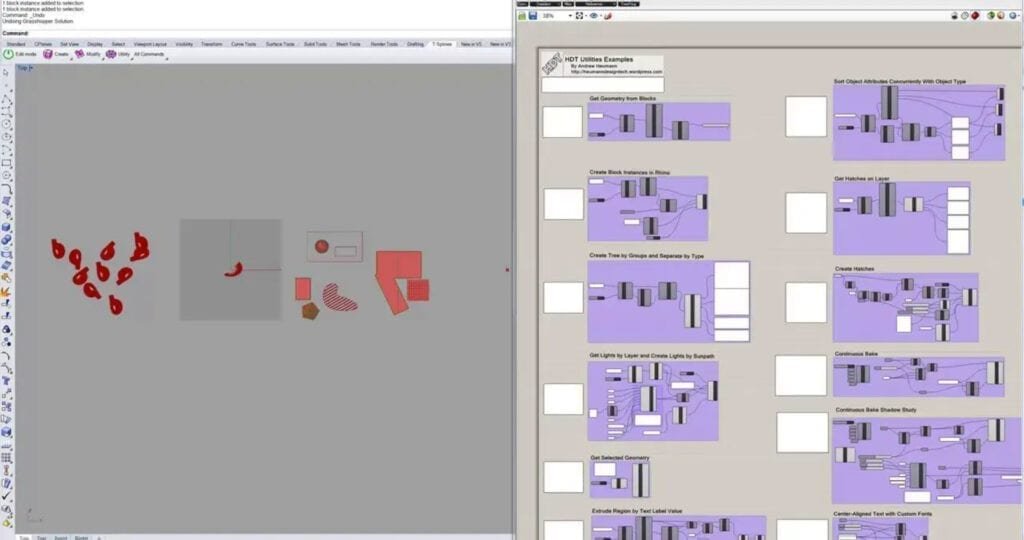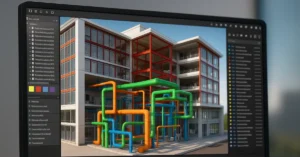An Introduction to Grasshopper Plugins
As the built environment sector recognizes emerging technologies, computational design makes it possible to deliver on the design front. There’s an increasing demand for customized, modern and futuristic design and these tools pave the way.
Parametric Design is based on algorithm thinking that uses constraints/parameters that define, encode the relationship between geometry and mathematical functions.
Grasshopper is an algorithmic modeling plugin for Rhino that uses a visual programming language, developed by David Rutten as an official plugin of Rhino. It is a parametric design tool.
The Main Advantages of Grasshopper are :
- Automate repetitive processes
- Generate geometry through mathematical functions
- Creating complex forms through repetition of repetitive geometry
Grasshopper Plugins
Get on board with these plugins that help you make easier and better design choices with respect to environmental and structural analysis for a building.
1. Kangaroo Physics

Courtesy of Space Symmetry Structure
Kangaroo is a Live Physics engine for interactive simulation, optimization and form-finding directly within Grasshopper. It consists of a solver library and a set of Grasshopper components.
2. Lunchbox

Courtesy of Space Food4Rhino
LunchBox is a plug-in for Grasshopper for exploring mathematical shapes, paneling, structures, and workflow. New components for general machine learning implementations such as regression analysis, clustering, and networks have been introduced .
Create parametric surfaces, cool wire structures such as diagrids or space trusses and automate your workflow with respect to layer management and reading and writing Excel files.
3. Ladybug Tools

Courtesy of Ladybug Tools
Ladybug Tools Consists of Ladybug, Honeybee, Butterfly and Dragonfly that support environmental building design. It connects Grasshopper to validated daylighting and energy simulation engines, such as Radiance, Dayism, Energy Plus and Open Studio.
It entails components for weather data, solar radiation studies, climate visualization, sunlight hour analysis, thermal comfort and computational fluid dynamics.
Founder : Mostapha Sadeghipour Roudsari and Chris Mackey
Latest Version : Ladybug Tools 1.0.9
Download : Click Here
4. Gh Python

Courtesy of Danil Nagy
GhPython is the Python interpreter component for Grasshopper that allows to execute dynamic scripts of any type. GhPython allows to use the rhinoscriptsyntax to start scripting without needing to be a programmer.
Use Python to automate repetitive tasks , generate geometry using algorithm and much more.
5. Elk

Courtesy of Grasshopper3D
Elk is a set of tools to generate map and topographical surfaces using open source data from OpenStreetMap.org and USGS. The location component processes the node or point data and the latitude and longitudinal constriants.
The topographical components are used to generate points, curves and surfaces from various digital elevation model file formats.
6. Pufferfish

Courtesy of Grasshopper3D
This plugin is a set of components that focus on Tweens, Blends, Morphs, Averages, Transformations, & Interpolations – essentially Shape Changing. It mainly uses parameters for custom control operations for tweens and grids.
These components are accompanied by custom graph mapper, compatible curves and a multi-threaded morph to twisted box.
7. MeshEdit

Courtesy of Grasshopper3D
Set of components that extends grasshopper’s ability to work with meshes. Focuses on the development of formal strategies and data-driven design approaches Components include utilities, analysis and triangulation.
8. Human

Courtesy of Food4Rhino
Extends Grasshopper’s ability to create and reference geometry including lights, blocks, and text objects. Also enables access to information about the active Rhino document, pertaining to materials, layers, linetypes, and other settings.
Includes components such as object creation, display, document information & modification, texture mapping and much more.
Conclusion
These plugins enable the user to mold a magnitude of complex innovative structures exploring a data-driven design approach. They are extremely user friendly and you don’t need to be a programmer to code. All you need is a basic understanding of 3D modeling and you are good to go!
The Archgyan Podcast is sponsored by our Courses. Sign Up Now to start your Architecture & Interior Design Journey.










